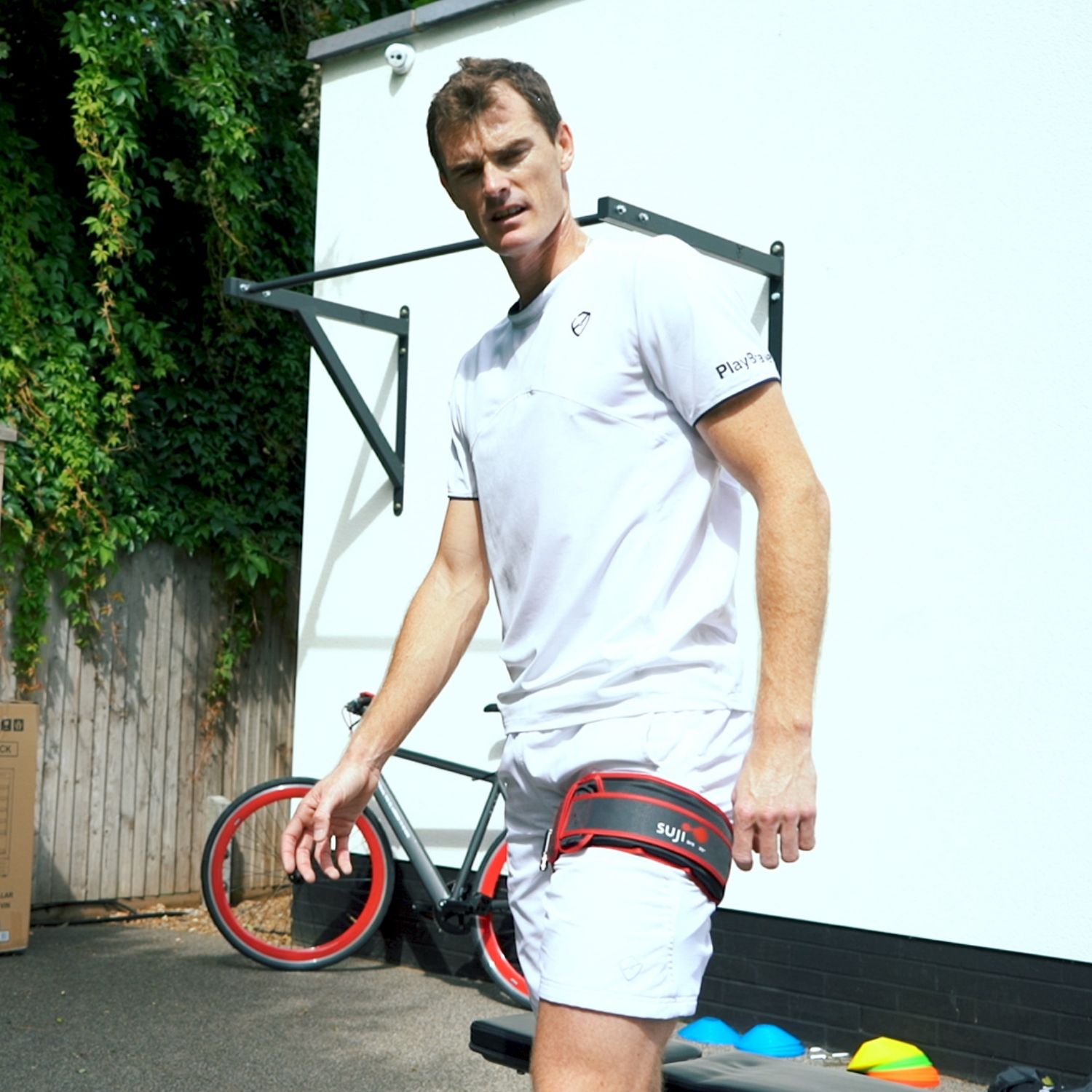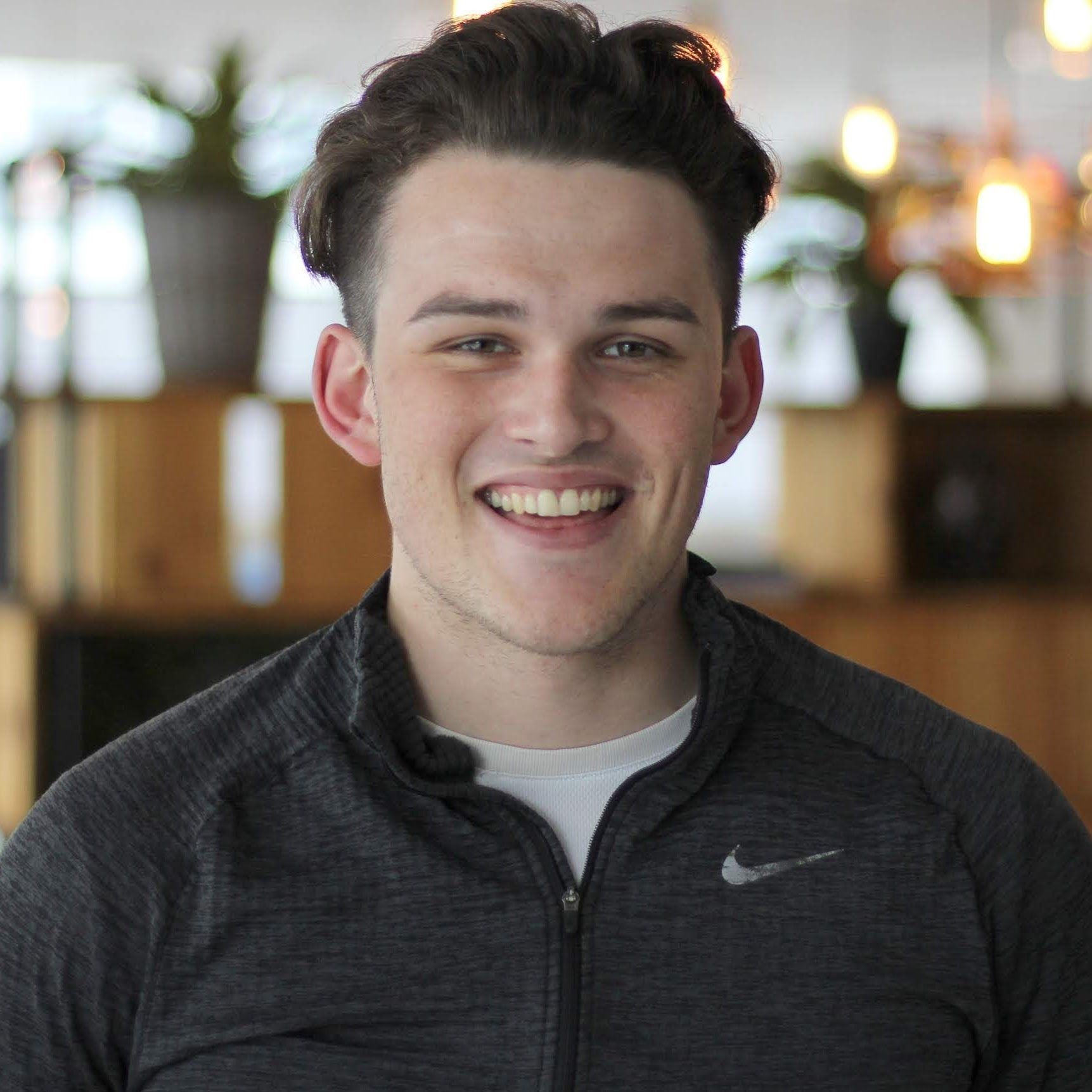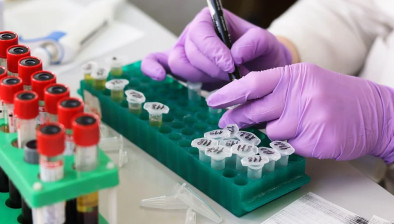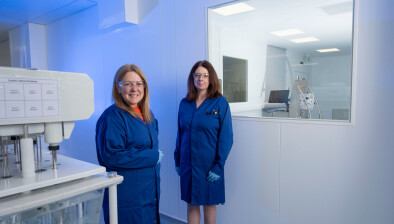Edinburgh’s SujiBFR receives six-figure investment with backing from Jamie Murray
SujiBFR, a health and fitness startup based in Edinburgh, has received a six-figure investment to support the development of a smart fitness device that can dramatically reduce pain and increase muscle strength during exercise.

Jamie Murray
Tennis champion Jamie Murray and his partner Alejandra Murray invested in SujiBFR during an investment round led by BioCity Group. The Murrays join investors Scottish Enterprise, Gabriel Investment Syndicate and Creator Fund.
SujiBFR was represented by Addleshaw Goddard LLP.
The technology, named Suji Device, improves muscular performance and offers a solution to fitness enthusiasts and elite athletes who experience pain when exercising or playing sport.
Based on blood flow restriction (BFR) training principles, the AI-powered device utilises low-intensity and bodyweight exercise to offer the same training benefits achieved with high-intensity weight training.
The investment will be used for product development, to accelerate customer growth and create additional technical jobs in the firm.
The backing comes as SujiBFR announces a partnership with the LTA, the national governing body for tennis in Great Britain.
The partnership - the first of its kind with a national governing body – means the LTA Performance team can assign Suji Devices to players on tour, while also making it one of a number of technologies available at its National Tennis Centre, for players supported through the governing body’s Elite, Pro Scholarship and Men’s & Women’s Programmes.
The deal continues the LTA’s drive to move tennis forward through innovation, and forms part of a wider LTA performance strategy to use advanced athlete technology to support elite players both when training at home and when competing on tour.

Alexander Birks
SujiBFR’s founder, Alexander Birks, set up the company after a successful career in boxing.
He said: “The idea for SujiBFR grew out of my own experience recovering from a traumatic sports injury. I felt frustrated by the length of time it would take to return to peak performance and started looking for fitness solutions that could help.
“After reaching out to sports professionals, I realised that BFR training was recognised as a powerful tool for mitigating pain and strengthening muscles using low-intensity exercise. My own BFR training was successful, but it also demonstrated that existing equipment was inadequate, requiring extensive user knowledge and offering a poor user experience.
“I created SujiBFR to fill that gap and make effective and safe BFR training accessible to everyone, not only the professionals but the huge number of fitness enthusiasts who could benefit from this technology. The device can be used by anyone to help reduce pain and improve muscular performance.
“Users have reported improvements in muscle strength of up to 31% as well as reductions in joint and muscle soreness by 7 points out of 10. The connected app safely guides users through set-up and use while their progress is logged after each training session.”
Jamie Murray believes the system could benefit athletes at every level. Describing what motivated him to invest in SujiBFR, he commented: “Everyone is aware of the challenges of avoiding and overcoming injury, not to mention the joint and muscle pain that can be experienced during training. SujiBFR has taken the scientifically proven benefits of BFR and incorporated these into a device that is easy to use, safe and effective. For me, Suji Device also acts as an effective tool when I’m on the road with limited access to gym equipment.
“It’s a perfect example of how investment in new solutions can help athletes to reduce pain, optimise performance and recover after injury.”
The partnership with the LTA represents the latest in a series of high-profile organisations that have adopted Suji Device, which is already used to support training and injury recovery at the English National Ballet, Edinburgh Rugby and Loughborough University.







